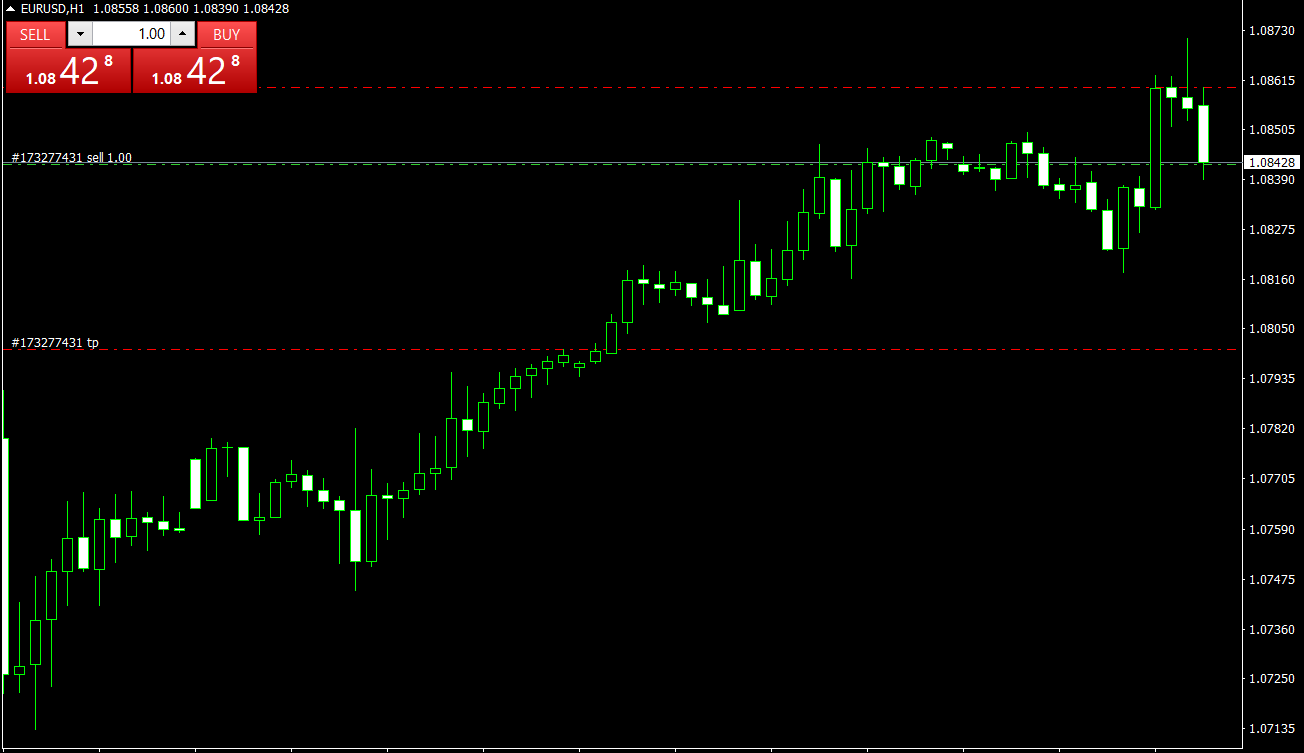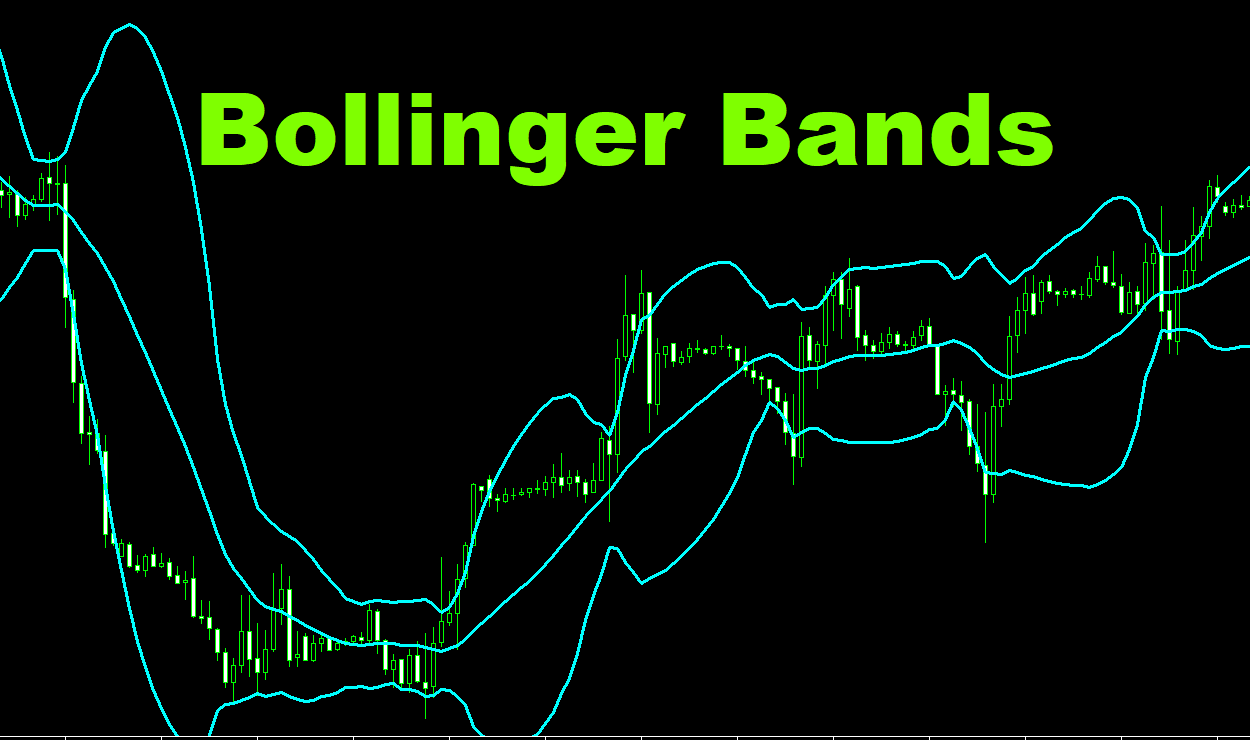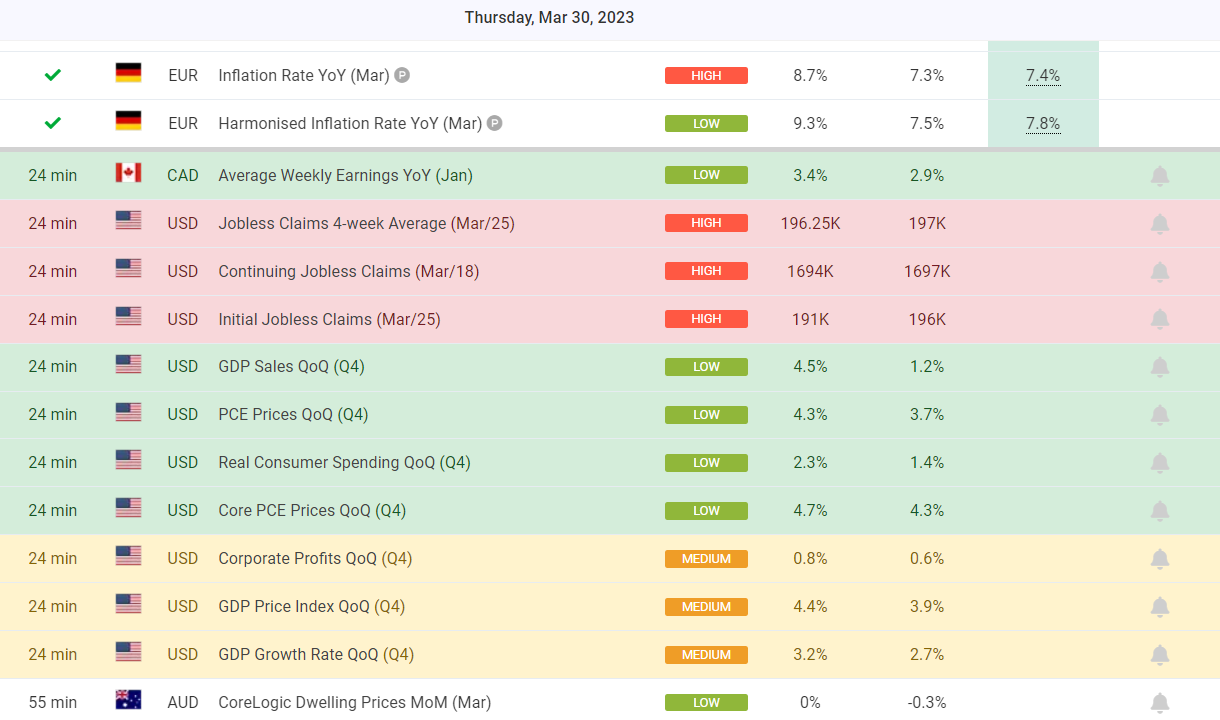The foreign exchange (forex) market is an ever-evolving financial environment where traders from around the globe actively participate in the buying and selling of various currencies. One of the most crucial aspects of forex trading is the ability to identify market trends and make informed decisions based on the information at hand. Trend line indicators are technical analysis tools that help traders visualize and analyze price trends in currency pairs, enabling them to develop more effective trading strategies. This article will discuss what trend line indicators are and how traders can use them efficiently in forex trading.
What are Trend Line Indicators?
Trend line indicators are a type of technical analysis tool that helps traders identify the direction and strength of a market trend by connecting significant price points on a chart. By drawing trend lines, traders can visually represent the underlying trend and gain valuable insights into market dynamics, such as support and resistance levels, trend reversals, and potential entry and exit points.
There are various types of trend line indicators, each with its unique method of representing and interpreting price trends. Some of the most popular trend line indicators include:
- Simple Trend Lines: These are straight lines drawn by connecting successive higher lows in an uptrend or lower highs in a downtrend, indicating the direction of the market trend.
- Linear Regression Lines: Linear regression lines are statistical trend lines that represent the best fit for a series of data points, helping traders identify the overall trend direction and potential reversals.
- Moving Averages: Moving averages are a type of trend indicator that calculates the average price of a currency pair over a specific period, smoothing out price fluctuations and highlighting the underlying trend direction.
- Channels: Channels are formed by drawing parallel trend lines above and below a primary trend line, creating a price range within which the currency pair is expected to trade.
Using Trend Line Indicators in Forex Trading
Incorporating trend line indicators into your forex trading strategy can provide valuable insights into market conditions and enhance your decision-making process. Here are some ways to use trend line indicators in forex trading:
- Identifying Trend Direction: Trend line indicators can help traders determine the overall trend direction in a currency pair, allowing them to align their trading strategies with the prevailing trend for potentially higher returns.
- Recognizing Support and Resistance Levels: Trend lines can act as dynamic support and resistance levels, indicating potential entry and exit points for trades. Traders can use these levels to set stop loss and take profit orders to manage risk and optimize returns.
- Confirming Trend Reversals: By analyzing trend lines, traders can gain a better understanding of whether a trend is about to reverse or if it will continue. This information can be crucial when making decisions about opening or closing positions.
- Combining with Other Technical Analysis Tools: Trend line indicators can be effectively combined with other technical analysis tools, such as oscillators, chart patterns, and Fibonacci retracements, to create a comprehensive trading strategy.
Conclusion
Trend line indicators are a valuable tool for forex traders, providing a clearer visualization of market trends and assisting in the identification of support and resistance levels, trend reversals, and potential entry and exit points. By understanding how trend line indicators work and incorporating them into a well-rounded trading strategy, traders can better navigate the complex world of forex trading, capitalize on opportunities, and minimize risk. Integrating trend line indicators with other technical analysis tools can create a more robust and effective trading strategy, allowing traders to make more informed decisions and potentially increase their profitability in the ever-changing forex market.



